Myofascial Cupping
Cupping minus the bruising
A modern twist on the traditional technique
A relatively new technique in massage therapy, myofascial cupping is useful for treating small, localised areas and injuries.
It’s based on the form of cupping used for centuries in traditional Chinese medicine, but there’s a major difference. Traditional cupping follows the lines of the meridians (as in acupuncture). Myofascial cupping, on the other hand, is applied directly to the problem area.
A more recent addition to my repertoire, I began incorporating this new method into my practice in 2014 and immediately saw great results. It’s now one of the most requested techniques with my regular clients.
Myofascial Cupping | Wollongong Remedial Massage
What is myofascial cupping?
The technique works by applying a cup to the skin. I use a suction device to create negative pressure in the cup. This draws up the skin and superficial muscle layer into the cup and holds it there.
The negative pressure above the surface of the skin causes a change in pressure and tension beneath the skin. This creates a pulling effect that softens the tissues in the muscle and surrounding fascia and releases tightness.
Benefits of Myofascial cupping
Myofascial cupping can help in the repair phase of localised injury. It prevents scarring and correctly aligns collagen. It also helps with recovery and inflammation by increasing nutrient rich blood supply to the area. The technique can be performed on any part of the body. I’ve found it’s perfect for treating conditions like plantar fasciitis, which affect the feet.
What is fascia?
The fascia is like a strong spider’s web of connective tissues that weaves its way around the muscles and organs and extends into the bone. It’s what allows kangaroos and cats to jump. Restrictions in your fascia can contribute to pain. When released through massage techniques or cupping it reduces tightness, which can help relieve pain and discomfort.
Is myofascial cupping painful?
Myofascial cupping isn’t intended to be painful. You’ll feel pressure and a slight pulling sensation. The intensity of pressure can be increased or decreased depending on the person and type of results you’d like. As with any technique I use, if you feel pain or discomfort you just need to give me a hand signal.
Will myofascial cupping give me bruises?
No! The intention is not to bruise. Traditional cupping is usually accompanied by a trail of dark rings left behind on the skin. This level of marking doesn’t happen with myofascial cupping. However everyone is different and some people may have slight marking on their skin after treatment.
I offer myofascial as part of any massage booking. You can try it in combination with other massage techniques to see the full benefit.
